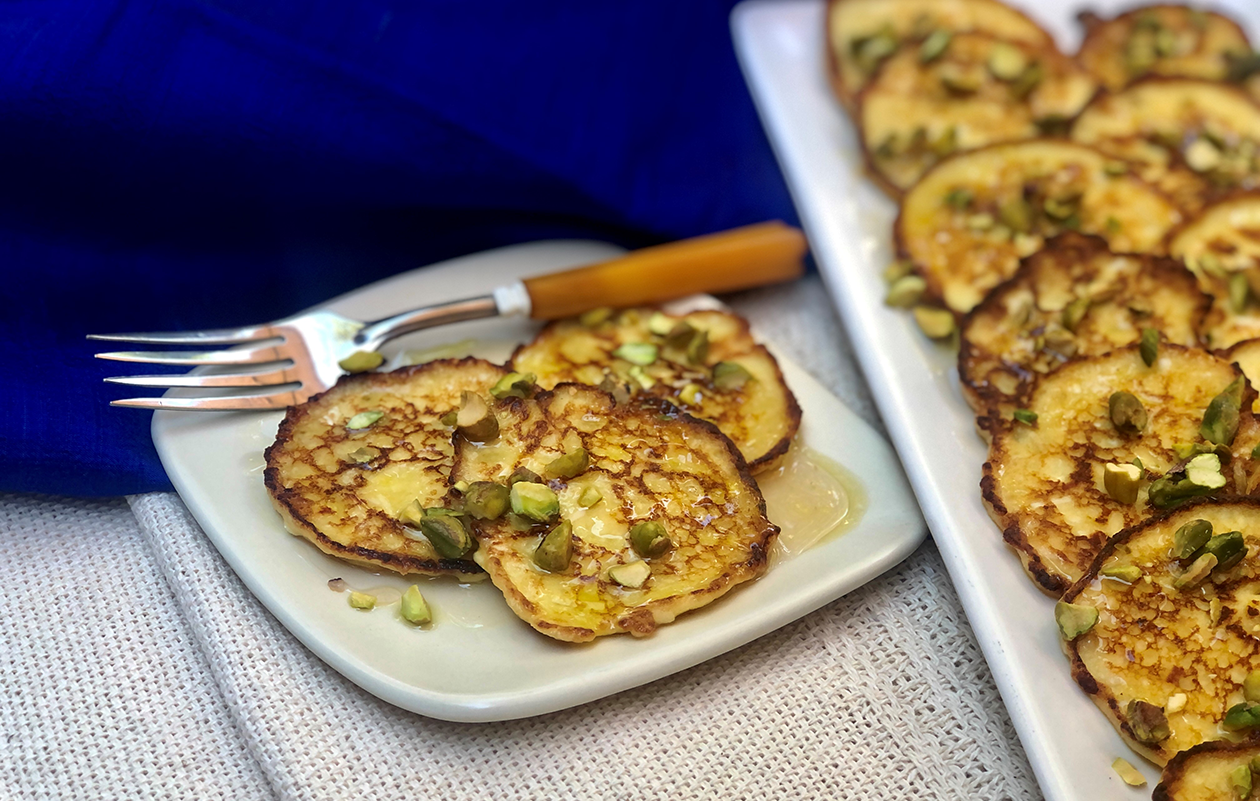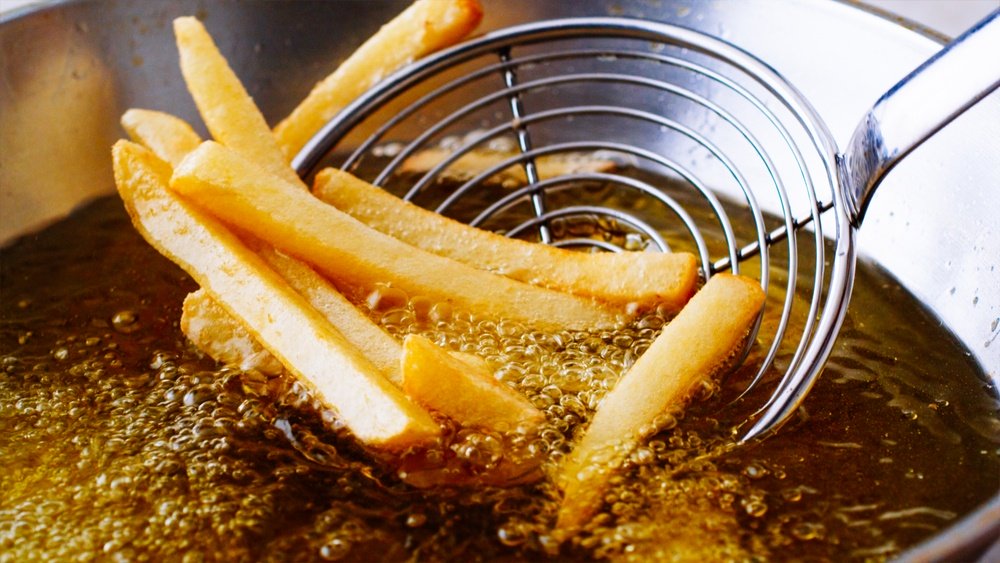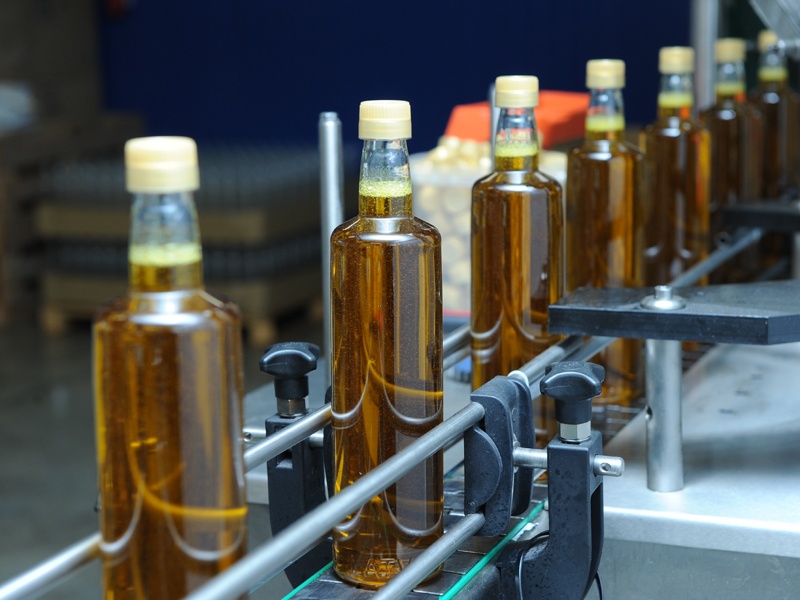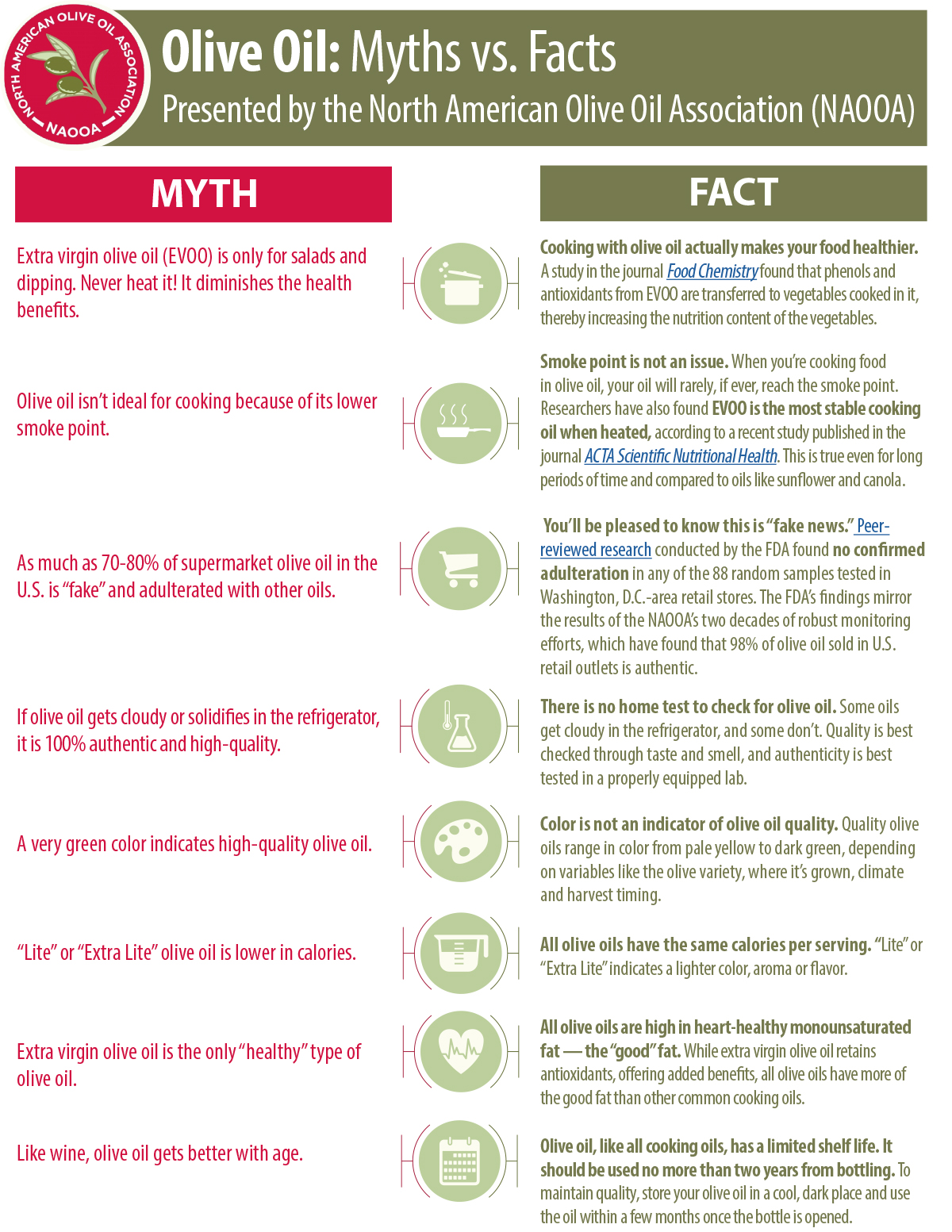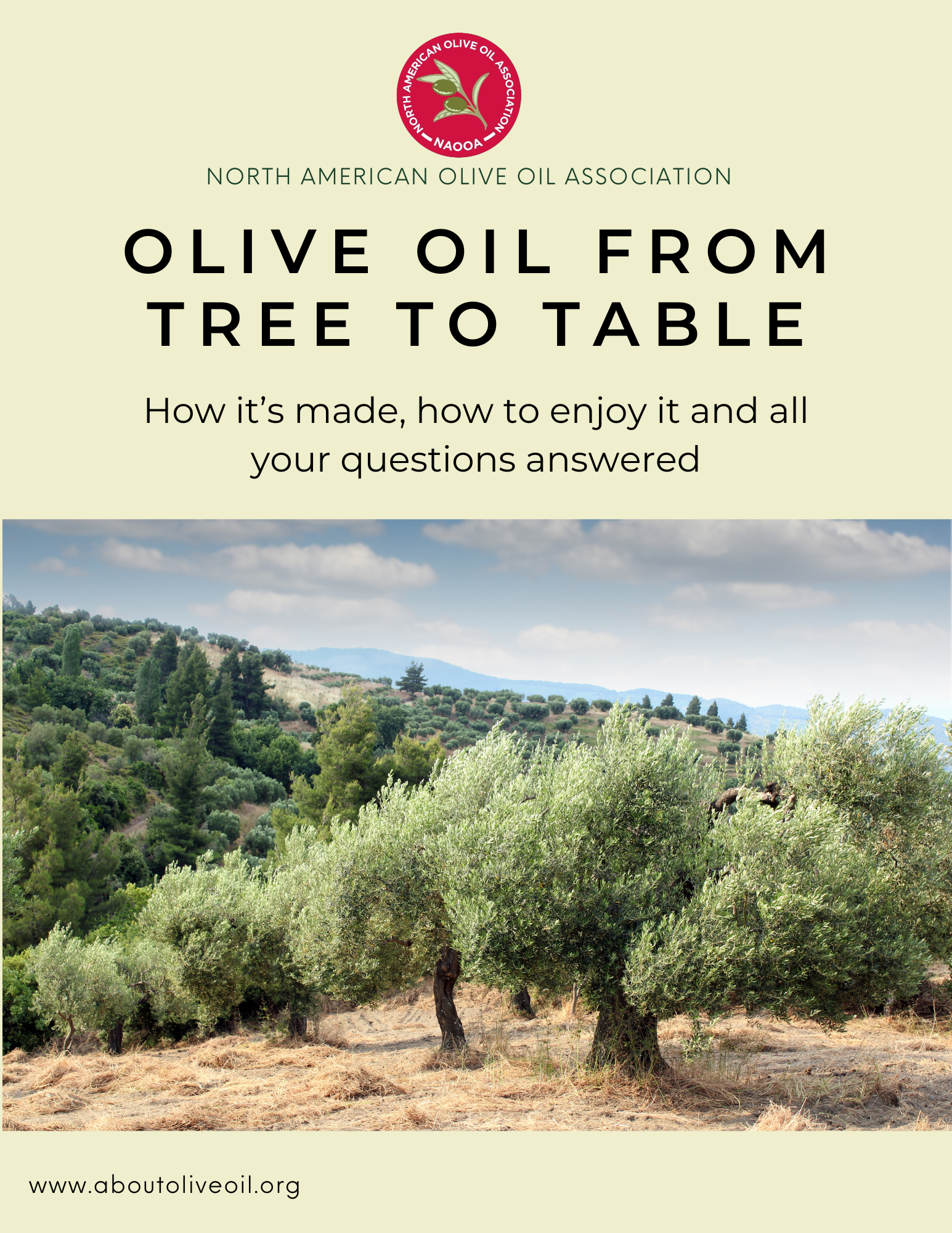By Amelia Saltsman
From at least the 14th century, Jews have celebrated Hanukkah by frying pastries: Iraqi zengoula, Indian jalabi, Spanish and Mexican buñuelos, Israeli sufganiyot, Italian frittelle and even, cheese pancakes. Only since the mid-19th century have potato latkes been a thing.
But it’s the oil — specifically olive oil — and not the cooking method that is commemorated during the festival of lights. The story of Judah and the Maccabees and the mythical droplets of oil that burned for eight nights is also a thanksgiving for the late-autumn olive harvest and pressing of new oil.
By the time of the Maccabean rebellion in 165 BCE, olive oil production and export had long been big business. As with all ancient peoples of the region, the early Hebrews were olive “ranchers,” harvesting and crushing the fruit into oil in the late fall, marking the end of the harvest on the dark moon phase closest to the winter solstice. Not coincidentally, this date came to mark the first night of Hanukkah, a festival of olive oil-fueled lights that brightened the darkest, longest nights of the year.
Fast-forward to today. Late fall is still peak olive harvest time for the year’s new oil. Olive oil aficionados wait for the release of olio nuovo, the verdant first bottling of the year’s first pressing. Skimmed from the vat before the sediment has settled, olio nuovo has a creamy texture, heightened aromas, and flavors of fruit, grass, and pepper.
For the miller waiting with tasting cup in hand, the very first bright green drops of oil to emerge from the centrifuge is an incredibly pure moment, as described by Rachelle Bross PhD RDN, co-founder of award-winning Olivaia’s OLA in Lindsay, the historic heart of California’s olive production. “Nothing comes between this first moment of oil and any human contact. No one has had their ‘hands’ on the oil yet for filtering or bottling.”
“Because olio nuovo looks and feels velvety in the mouth,” Bross continues, “you expect a delicate experience. It starts that way, almost like when you let a bite of chocolate melt slowly in your mouth.” But then the gentleness at the front of your mouth changes to pungency as the oil slips to the back of your throat into “one delightful package of green fireworks.”
The nutritious polyphenols in the olive solids that deliver this complexity also make this oil more perishable. As with the miraculous Hanukkah oil, olio nuovo is a fleeting ritual, best savored within two to three months of its release. Most of the harvest will be filtered or settled and racked off from perishable sediments before bottling to ensure the oil’s shelf life throughout the year.
At this time of year, many chefs and stores, from boutiques to Costco, showcase the freshly milled elixirs from Italian and California producers, making olio nuovo a symbolically and seasonally perfect ingredient and a meaningful holiday gift. (Other oil-producing countries don’t export much “new oil.”)
Olio nuovo is best experienced raw to fully appreciate its complexity. Think: “gilding” oil. When you open your bottle, “use immediately and pour abundantly,” states Rolando Beramendi, the founder of Manicaretti, importer of Italian delicacies, who was largely responsible for awakening an appreciation for olio nuovo in the U.S during the 1990s.
A green-gold pour elevates simple fare to holiday status. Begin a meal with olio nuovo on grilled bread with a sprinkle of good salt, traditionally considered the miller’s first taste. There’s no simpler way to recall the agricultural heart of Hanukkah’s origin story.
Consider lavishing humble boiled potatoes with olio nuovo instead of frying latkes. If you do make latkes, cook them in the last of last year’s oil and gild them with this season’s new. (Yes, olive oil is proven to be one of the most stable and safest cooking oils.) Pour a hearty glug of olio nuovo over braised greens; long-simmered beans; grilled or roasted fish, poultry, or meat; and on wintery citrus salads.
According to Dr. Bross, dairy-based sweets “can heighten the ‘youthfulness’ of olio nuovo, bringing forward the residual fruitiness of the olives.” She and her Italian-born husband and partner Giulio Zavolta like to pair olio nuovo with sweet breads such as zeppole, the Italian version of Israeli sufganiyot and American jelly doughnuts.
Dainty ricotta- or farmers’ cheese-pancakes are an intriguing Hanukkah tradition dating from 14th-century Italy, Spain, and the Middle East. Jews who lived in olive oil-producing regions often fried cheese patties in olive oil. The use of dairy foods for Hanukkah was mistakenly inspired by the biblical story of Judith, who subdued the enemy with salty cheese and wine to slay him. Judith’s exploits preceded the holiday’s origin story by about 400 years, but the tradition of cheese pancakes in Mediterranean regions endures. Sweet & Savory Cheese Pancakes with Olio Nuovo, Honey, and Pistachios are delicious for a holiday—or any time of the year—brunch, lunch, supper, or dessert.
And finally, one of my personal favorites after a hearty meal, Olio Nuovo Ice Cream Sundaes: store-bought or homemade vanilla ice cream topped with pistachios, dark chocolate, and new oil.
This year, don’t fry all the Hanukkah oil. Add the pleasures of olio nuovo to your family traditions and connect to the ancient practice of harvesting both oil and light and to commemorate a process little altered by modern technology. The method may have changed—neither slaves nor animals power the mill—but winter’s oil production is essentially the same as in ancient times: crush, mill, separate. Now, that’s something to celebrate.
Recipes
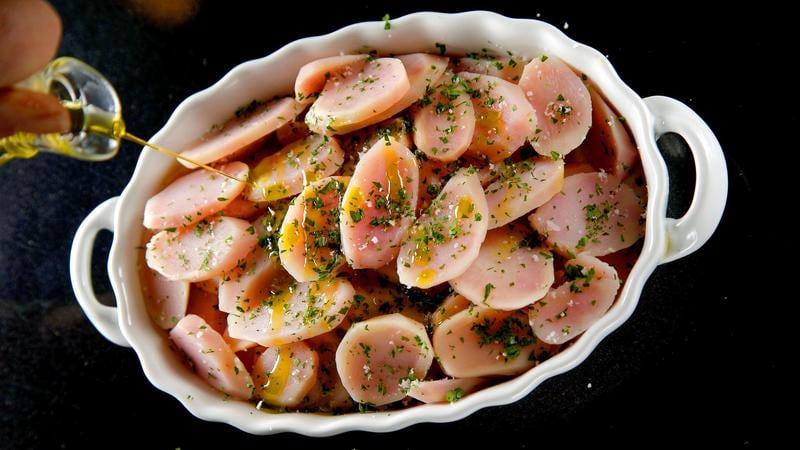
Photo: Kirk McKoy-Los Angeles Times
The Best Simplest Recipe Ever: Boiled Potatoes with Olio Nuovo
Despite thoughts to the contrary, fried potatoes are not necessarily the ne plus ultra of the humble spud. What elevates the homely tuber to extraordinary heights is a great big glug of olio nuovo, the verdant, creamy first bottling of the first pressing of the season’s olive oil that arrives in specialty markets during November and December. Think: starring ingredient instead of cooking fat.
Purchase flavorful, interesting potatoes from your local hardworking farmer. Peel, or don’t peel; slice, or don’t slice; steam over, or boil in, a couple of inches salted water until tender. Drain and pour generous amounts of “new oil” over the warm potatoes, along with a good sprinkle of crunchy finishing salt. Lovely with chopped parsley. Or not.
If you prefer cooking instructions in recipe format, I’ve done that for you below. But honestly, don’t overthink what it takes to boil potatoes; our ancestors have been doing it a long time.
Makes 4-6 servings
- 2 pounds all-purpose potatoes such as Yukon gold, Corolla, German Butterball, or large French, La Ratte or Russian Banana fingerlings, 2 to 4 ounces each
- 1 lemon
- Kosher or sea salt, for cooking
- Olio Nuovo
- Fleur de sel or other finishing salt
- Chopped parsley, red wine vinegar, freshly ground black pepper, or red pepper flakes, optional, for garnish
Shortly before you want to eat the potatoes, peel and cut them crosswise into ¼-inch-thick rounds or ovals (oval works best for fingerling potatoes).
Bring a large sauté pan filled with 1 to 2 inches water to a boil. Stir in a generous 1 tablespoon kosher salt and add the potatoes. Cover the pan, bring back to a boil, then reduce the heat to keep the liquid at a brisk simmer. Cook the potatoes until tender, about 10 minutes.
Remove the potatoes using a skimmer or slotted spoon, giving them a little shake to remove excess water, and place in shallow bowl or rimmed platter. Douse with olio nuovo, season with finishing salt as desired and scatter parsley over all. Pass vinegar, pepper and additional oil at the table as you like.
Note: For whole-boiled potatoes, boil skin-on potatoes in salted water until tender. Drain and allow guests to peel, slice, and garnish as they like.
Olio Nuovo Sundaes
Makes 8 servings
- 1-quart vanilla ice cream, store-bought or homemade
- Olio Nuovo (or other flavorful olive oil)
- 2 ounces 60% or 72% chocolate
- ½ cup salted pistachios, chopped
- Fleur de sel or other finishing salt (optional)
- Basil leaves, torn (optional)
Note: For nut-free version, substitute finishing salt, such as Maldon, for pistachios
Scoop ice cream into eight wide bowls. Pour a good glug of oil on and around the ice cream. Shave chocolate over ice cream. Scatter pistachios over all and then basil, if using. Add an extra pinch or two of finishing salt if you desire.
Sweet and Savory Pancakes with Honey, Olio Nuovo, and Pistachios
Makes 15 to 18 3-inch pancakes. Recipe may be doubled.
Plan-ahead note: If using ricotta or cottage cheese: At least one hour before making batter, place cheese in sieve set over a bowl to drain liquid. You may place in refrigerator to drain overnight.
For pancakes:
- 1 cup farmer cheese, whole milk ricotta cheese, or whole milk cottage cheese (6 to 8 ounces)
- 2 ounces ricotta salata, kashkaval (AKA caciocavallo), or other salty semi-hard cheese
- 2 eggs
- 1/3 cup all-purpose flour
- 2 tablespoons good quality olive oil, plus more for frying
- 1 tablespoon honey
Toppings:
- Honey (orange blossom honey would be very nice)
- Olio Nuovo
- Roasted salted pistachio kernels, coarsely chopped (For a nut-free version, substitute finishing salt, such as Maldon, for pistachios)
Make pancakes: Drain cottage or ricotta cheese as directed above. Using a large side of a box grater, grate enough cheese to yield a lightly packed ½ cup.
In a mixing bowl large enough to contain all pancake ingredients, whisk eggs until well-blended. Stir in farmer cheese and grated salty cheese, 2 tablespoons olive oil, and 1 tablespoon honey. Mix thoroughly. Stir in flour until just blended.
Have the batter, a soup spoon, a paper towel-lined plate or sheet pan, and a pancake turner near the stove. Pour 2 tablespoons olive oil into a 12-inch skillet set over medium heat. When oil liquifies and shimmers, add a teeny bit of batter. If you immediately hear a good sizzle and the oil bubbles at the batter’s edge, you’re ready to cook.
Using a soup spoon, add a generous spoonful of batter to the skillet and gently flatten into a 3-inch pancake. Repeat, leaving enough room between pancakes so you will be able to turn them easily. I usually can manage 5 pancakes to a 12-inch pan.
Cook pancakes until golden brown, about 2 minutes. Oil should continue bubbling nicely at the edges of pancakes, but lower the heat as necessary to prevent burning. Flip the pancakes and cook the second side, about 2 minutes longer. Remove pancakes to a towel-lined plate to drain briefly. Repeat with the remaining batter, adding 1 tablespoon oil to the pan between batches.
To serve: Warm honey briefly in the microwave or in a pan of hot water. Arrange pancakes on a pretty platter or divide them among 6 individual plates. Drizzle pancakes liberally with honey and olive oil, and scatter chopped nuts or a healthy pinch of finishing salt over pancakes.
About the Author
 Amelia Saltsman explores food and culture through a seasonal lens. She is the award-winning author of The Seasonal Jewish Kitchen and The Santa Monica Farmers’ Market Cookbook. As the Los Angeles-born daughter of a Romanian mother and Iraqi father who were raised in Israel, Amelia’s food reflects the bold and diverse flavors of her eclectic background. Amelia has been featured in and written for such publications as Better Homes & Gardens, Bon Appétit, Los Angeles Times, Washington Post, Boston Globe, and Food 52. A longtime champion for family farms and farmers' markets, Amelia uses her “six seasons approach” to weave together food, culture, and agriculture into one seamless whole.
Amelia Saltsman explores food and culture through a seasonal lens. She is the award-winning author of The Seasonal Jewish Kitchen and The Santa Monica Farmers’ Market Cookbook. As the Los Angeles-born daughter of a Romanian mother and Iraqi father who were raised in Israel, Amelia’s food reflects the bold and diverse flavors of her eclectic background. Amelia has been featured in and written for such publications as Better Homes & Gardens, Bon Appétit, Los Angeles Times, Washington Post, Boston Globe, and Food 52. A longtime champion for family farms and farmers' markets, Amelia uses her “six seasons approach” to weave together food, culture, and agriculture into one seamless whole.
Follow Amelia on Facebook and Instagram and visit her website at www.ameliasaltsman.com
All recipes © 2020, Amelia Saltsman. Do not reproduce without permission of the author.

